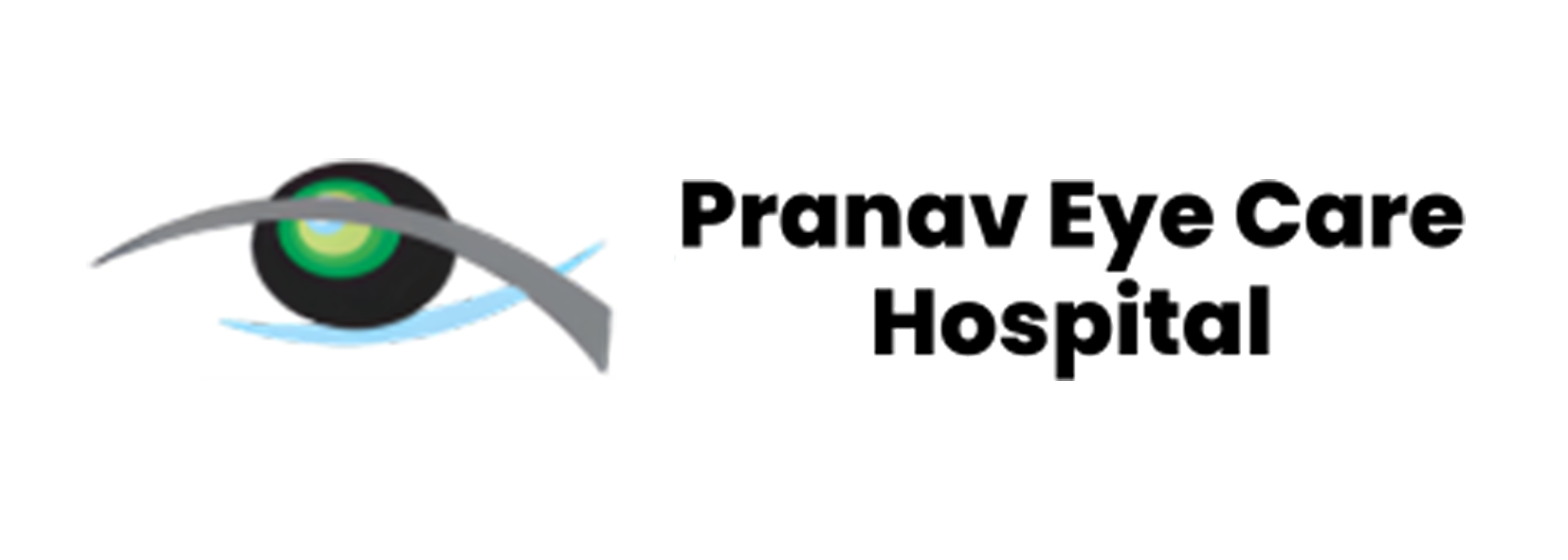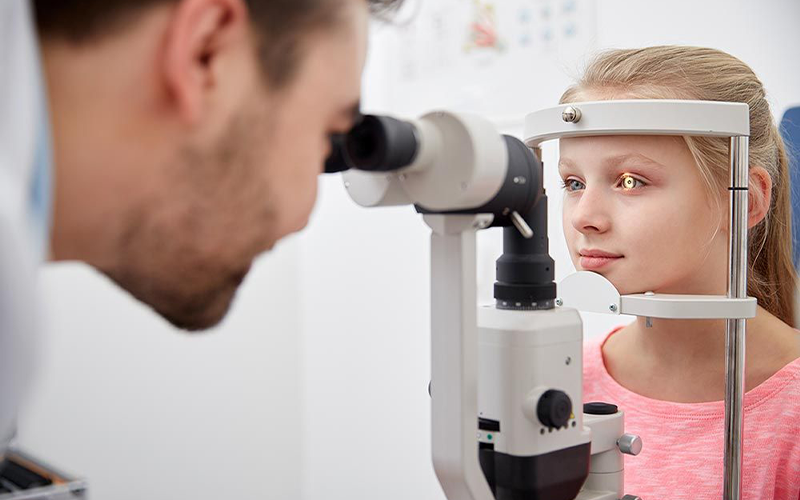Strabismus is a condition where the eyes are misaligned. It can manifest as:
Esotropia: Eyes turn inward (crossed).
Exotropia: Eyes turn outward (wall-eyed).
Hypertropia or Hypotropia: One eye is higher or lower than the other.
Strabismus can be subtle or constant and may shift between eyes. It can result from a variety of causes, including uncoordinated eye muscles, trauma, or brain tumors. Children with strabismus often hold their heads at a certain angle or cover one eye to improve vision. In contrast, adults may experience double vision and lose depth perception.


